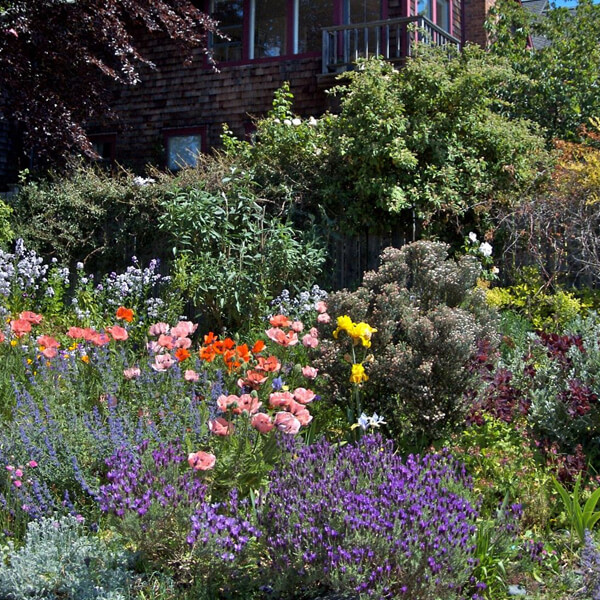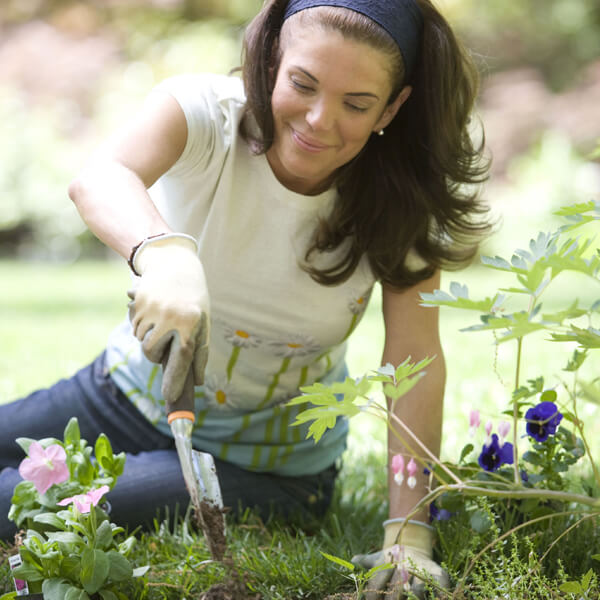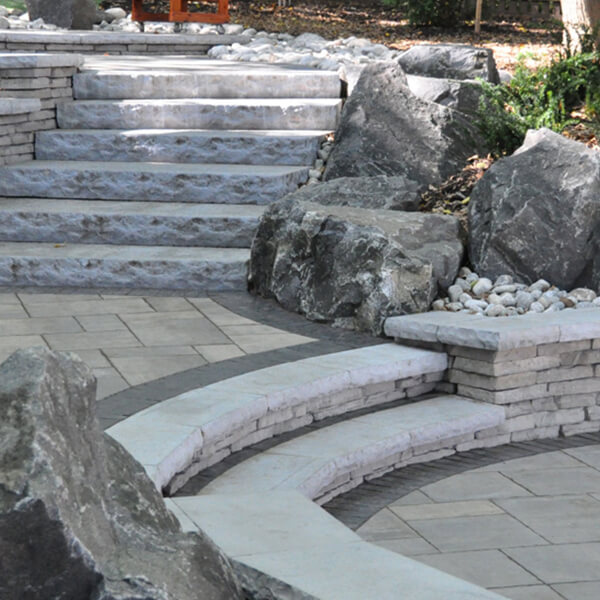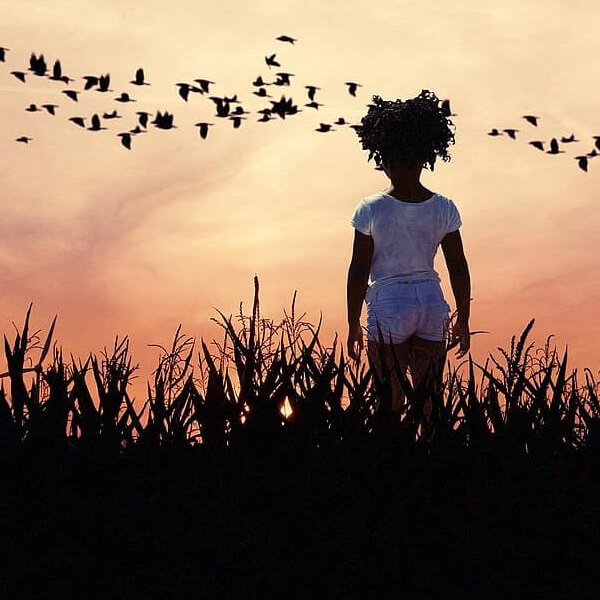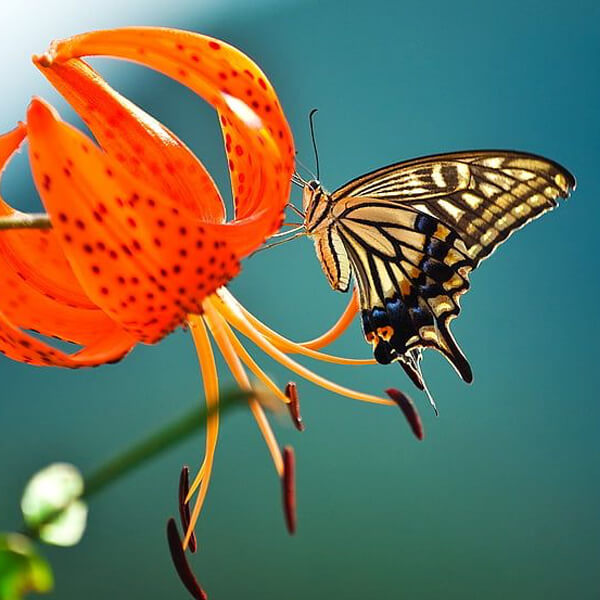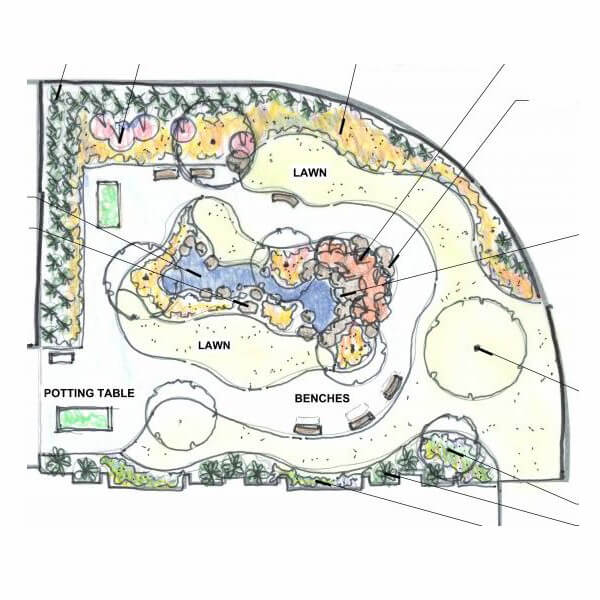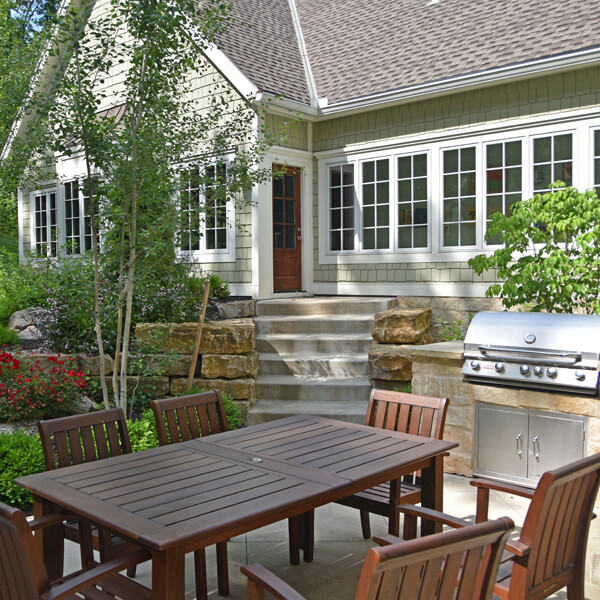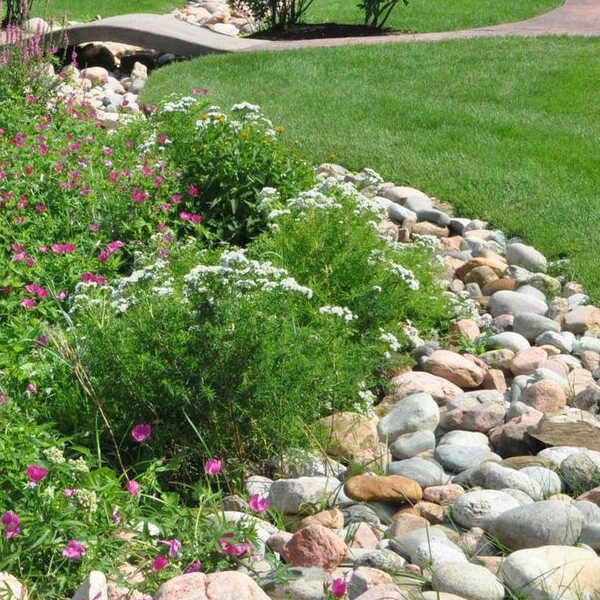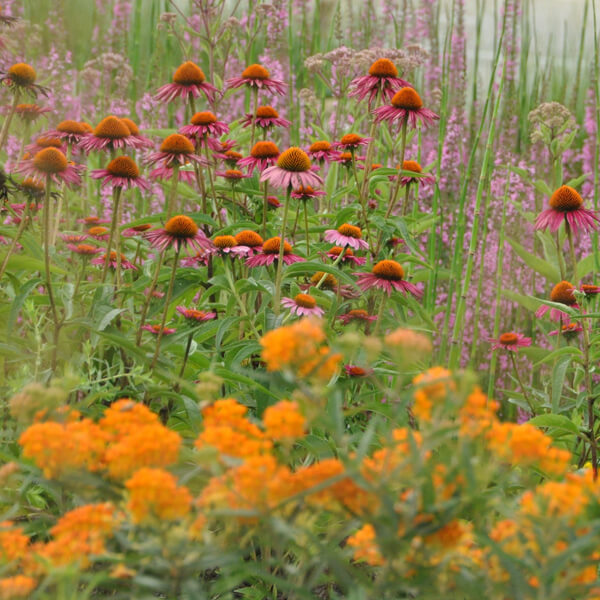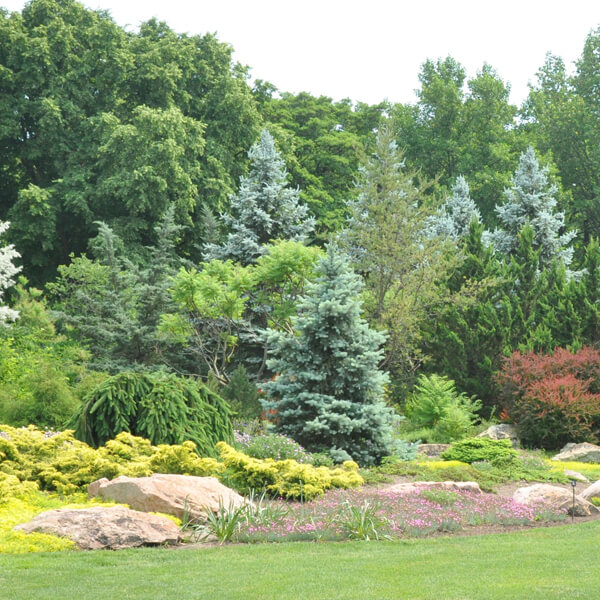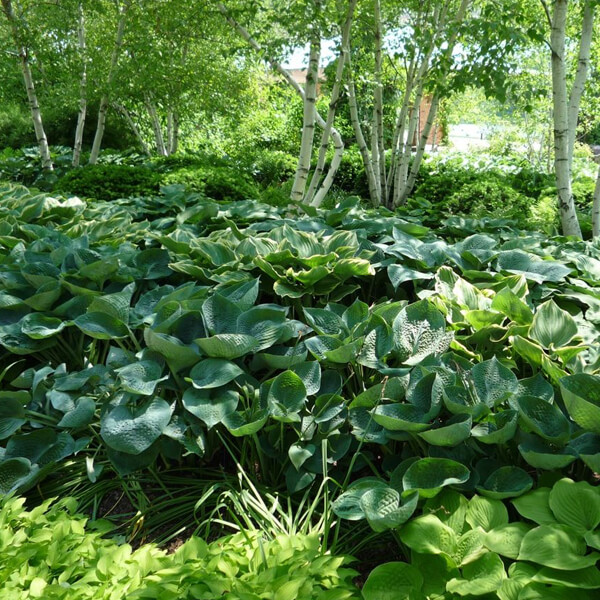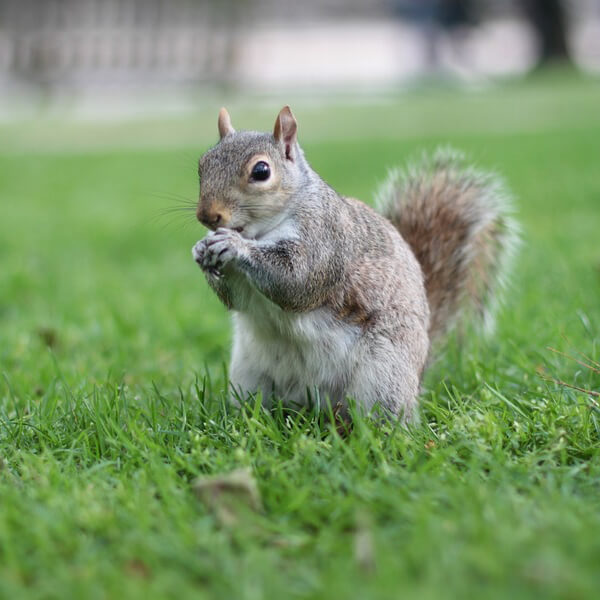
Invite An Insect: Praying Mantis
Some say that finding this insect in your home means that angels are watching over you, while others say that if one looks at you with a menacing glare, it foretells your death. The French thought it would lead a lost child home again. Folklore aside, the praying mantis is a fascinating visitor …

Invite An Insect: Bumblebees
Fast moving, noisy, yellow and black bumblebees are part of our native insect population. Here in North America there are currently 46 species of bumblebees, while worldwide there are 250 species. Because of habitat fragmentation and loss, pesticide use and diseases, the number of bumblebees is declining. Although they are large and look …

Invite An Insect: Fireflies (Lampyridae)
Those of us who are “of an age” have fond memories of quietly witnessing, or perhaps breathlessly chasing, the glow of hundreds of fireflies as they flitted across the grass on a summer’s evening. It was pure magic. Unfortunately, because of habitat destruction, overuse of pesticides and light pollution, this magic is disappearing …

Invite An Insect: Black and Yellow Garden Spider (Argiope aurantia)
Neither an insect nor a “true bug,” this fierce-looking arachnid is a common visitor to the garden. Black and yellow garden spiders (also known as Corn Spiders or Zipper Spiders) and their impressive orb webs (up to two feet in diameter), are typically found in sheltered, sunny places near houses and in gardens …

Invite An Insect: Lady Beetles
An insatiable predator, the familiar lady bug is one of the gardeners best friends. In it’s relatively short lifetime, a single lady bug can devour up to 5,000 aphids. Throughout their life cycles the over 400 species of lady bugs here in the United States also voraciously consume whiteflies, scale insects and mealybugs. Lady …

Remembering Grandma’s Garden
My husband and I just returned from a ten day vacation in Virginia. The weather was perfect the whole time we traveled; spring was emerging and everywhere we visited the surroundings were bursting with color. Since we both love American history almost as much as we love gardening, both Monticello and Colonial …

Invite An Insect: Black Swallowtail Butterfly
Whether you are planting to attract butterflies, bees or a host of other native pollinators, finding out which specific plants are the best to include can be complicated. In order to help you design your pollinator garden, I have pulled together a list of some beneficial insects and their related plants. Look for “INVITE AN …

The Not So Secret Lives of Bees
Originally published in September 2018, our two part series on native and non-native bees adds important information to our current discussion of native pollinators. Two years ago, when we moved into this house, I planted the beginnings of a butterfly garden. Last summer it didn’t amount to much — the perennials were small and it …
Categories
